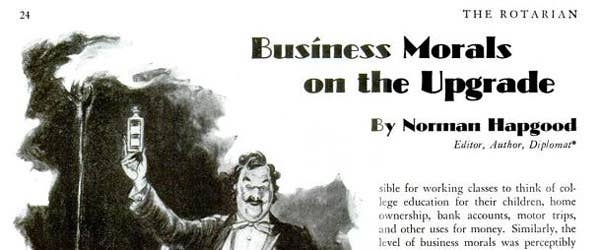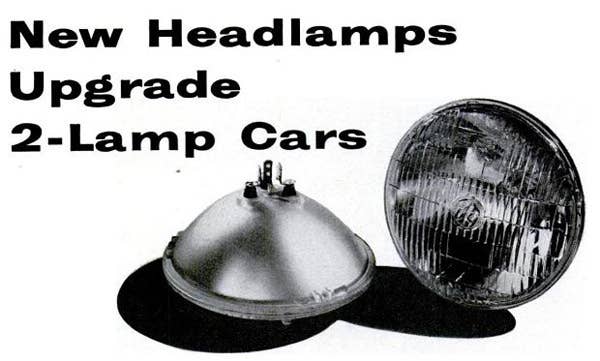
We're always upgrading.
It's part of the modern race with technology. The newest phone is only the newest phone for so long. If you're going to keep up, everything needs an "upgrade" — your phone's software, your laptop, your TV, your car.
By now, that list could stretch to include your coffee, your bathing suit, or if you're hanging out with Beyoncé, your whole life. We're so tech-saturated that almost anything can be upgraded. And it seems like we never stop. But when did we start "upgrading"?
Before about 1920, "upgrade" basically meant uphill. The closest it came to the modern usage was referring to something as "on the upgrade," to mean going uphill or increasing. You'd also see it when there was an actual grade involved, like an employee's pay grade or the graded quality of oil — but nobody was thinking about ways to upgrade their tractor just yet.

After WWII, the word started kicking around the occasional military or industrial magazine, but it took a solid decade for it to break into the mainstream. The first recorded uses of "upgrade" in its modern sense start popping up in the mid-1950s, the dawn of the consumer tech age. According to Michael Paul Adams, editor of American Speech, it first appeared in the dictionary in 1955. "Someone in marketing or advertising realized that an upgrade in pay was something a hardworking American deserved," says Adams. "Then he would upgrade his driving experience – upgrade the quality of his life."
So in 1959, when Popular Science ran a piece about replacing auto headlights, it was only natural to talk about it as an upgrade.

The Eisenhower era was the first time most Americans found themselves taking care of a serious piece of personal machinery — and they had the spare money to think about how to make it better. And if you're rolling out a new model every year (like the auto industry), the upgrade turns out to be a pretty useful concept. Soon, it's popping up in ads as often as articles, like this Popular Science one from 1968.
They don't always say exactly why the upgrade is better — come to think of it, neither does iTunes — but there's an implicit promise that it'll be a little bit faster, a little bit smoother, a little bit better. Nothing revolutionary, but just different enough to keep you curious.
The technologist's term for that is "planned obsolesence." It's the same reason you need to buy a new phone every two years: a steady march of new versions keeps the old products out of date, which keeps sales up and new products moving. "Upgrade" lets companies put that process in a positive light. Sure, it's a shame you have to get rid of your old car — but you'd hate to miss out on an upgrade, right?
That's a pretty good marketing playbook, which explains why we're still at it a few decades down the road, and why "upgrade" has grown so far outside the realm of consumer tech. It's an easy way to tap into the halo of technology, the idea that we're inevitably getting smarter and better every year.
In other words, it's all uphill from here.
